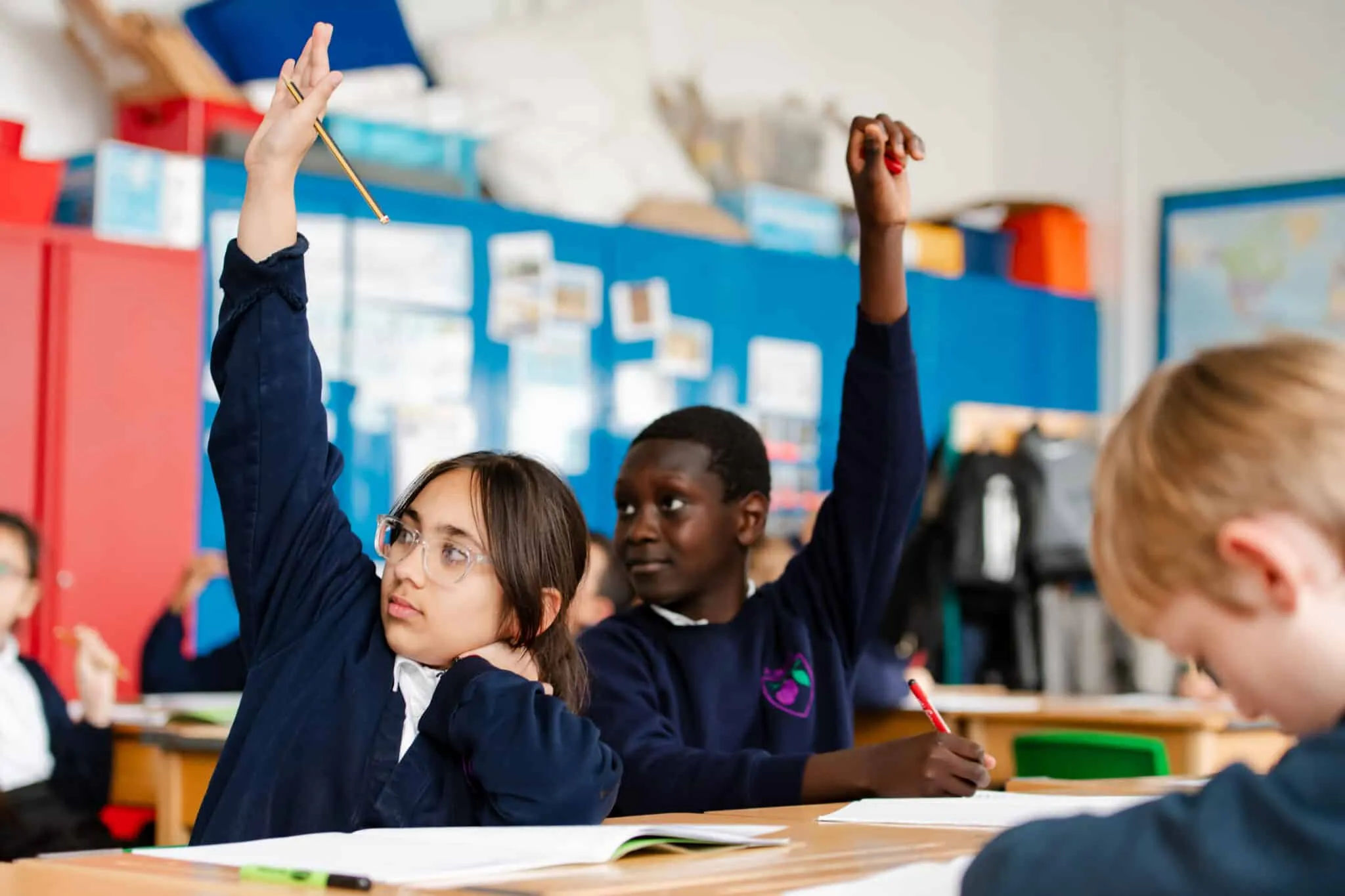Almost all the books in the above lists are fiction–storybooks. Children like fiction, but they also like non-fiction. We know that boys in particular are interested in non-fiction, and we explore more in this Section.
Year 3
Claire Llewellyn had three books and Chloe Rhodes two, just as last year, with Kelly Gaffney being a newcomer with two books. All other books had different authors. Other authors were somewhat different to last year, except for these three. As last year, half of the books were nature books (Table 28). ATOS was 2.7 (UK 3.7), as it was last year, indicating that these pupils were reading books almost a year above their chronological age. The average APC was 0.88 (as last year).
Year 4
This list was dominated by Maria Isabel Sánchez Vegara, who had 12 books (just as last year). However, the top position was held by Lisbeth Kaiser (just as last year). Simon Mugford also had three books (table 29). ATOS difficulty was 4.4 (UK 5.4), a big increase from the previous year (3.9), indicating that the difficulty of these books was almost a year and a half above the pupils’ natural average reading ability. Despite this, the average APC was 0.89, the same as the previous year.
Year 5
This list was even more dominated by Maria Isabel Sánchez Vegara, with 15 books (see Table 30). However, Lisbeth Kaiser again took top place. Simon Mugford again had three books. There was little sense of book titles being likely to be favoured by boys or girls. The previous emphasis on nature had largely disappeared, and many of these titles were biographical. Average ATOS was much the same as last year (4.8 cf. 4.7) (UK 5.8), so these pupils were reading books more than six months above their chronological age. At the same time, average APC stayed much the same, slightly increasing from 0.90 to 0.91. There seemed to be little correlation between difficulty and APC – some very difficult books were read with accuracy, and vice versa.
Year 6
The list was just as dominated by Maria Isabel Sánchez Vegara, who had 14 books, including the top two books. Simon Mugford had three books. Biographies were again prominent (especially Vegara’s work) (see table 31). ATOS stayed the same at 4.9 (UK equivalent 5.9). Thus, pupils were reading at their age level. The average APC was 0.91 (the same as last year).
Year 7
Year 7 is the first secondary year (except in Scotland).
Thirteen of these books were about football. Although girls are now playing football in much greater numbers, this does not seem to be reflected in their reading habits, so most of the emphasis on football can be attributed to boys. Five of these books were by Matt Oldfield (fewer than last year), four were by Simon Mugford, and three were by Maria Isabel Sánchez Vegara (see Table 32). Raina Telgemeier had two. ATOS was 4.5, down from 4.8 the previous year, indicating pupils were reading one and a half years below their natural ability. APC was 0.84 (increased from 0.81 last year, and now this average is almost at the 85% criterion). This year, 12 books met the 85% criterion, an improvement over last year. However, these are not encouraging results when these books are so easy for the pupils.
Year 8
Matt Oldfield headed this list with the top three books and had seven books in total. Simon Mugford had four books, and Maria Isabel Sánchez Vegara had two. There was a torrent of football books – 17 in all, even more than last year. This football orientation remains largely unchanged from previous years (see Table 33). However, there were occasional signs of broader inclinations in Malala Yousafzai’s autobiography and Anne Frank’s. ATOS was 5.0 (down from 5.2) (UK 6.0) (slightly down from last year). Thus, these pupils were reading at two years behind their chronological age. Average APC was at 0.81 (just as last year, and below the 85% criterion). This year, 17 books fell below the 85% criterion, one more than last year.
Years 9-11
Football again dominated – 16 books were about football (one less than last year). Matt Oldfield had six books (including the top book). Jonny Zucker had two books, including the top one. Again, we have to ask if this reflects male preference or something more complex in relation to gender (see table 34). Average ATOS was 5.1 (UK 6.1), much as last year (5.2). These pupils were reading at four years below their actual ages. Average APC was 0.81, much as last year (0.80), well below the 85% threshold. Sixteen books were below the 85% criterion, one fewer than last year.
